And not the 67th Secretary of State
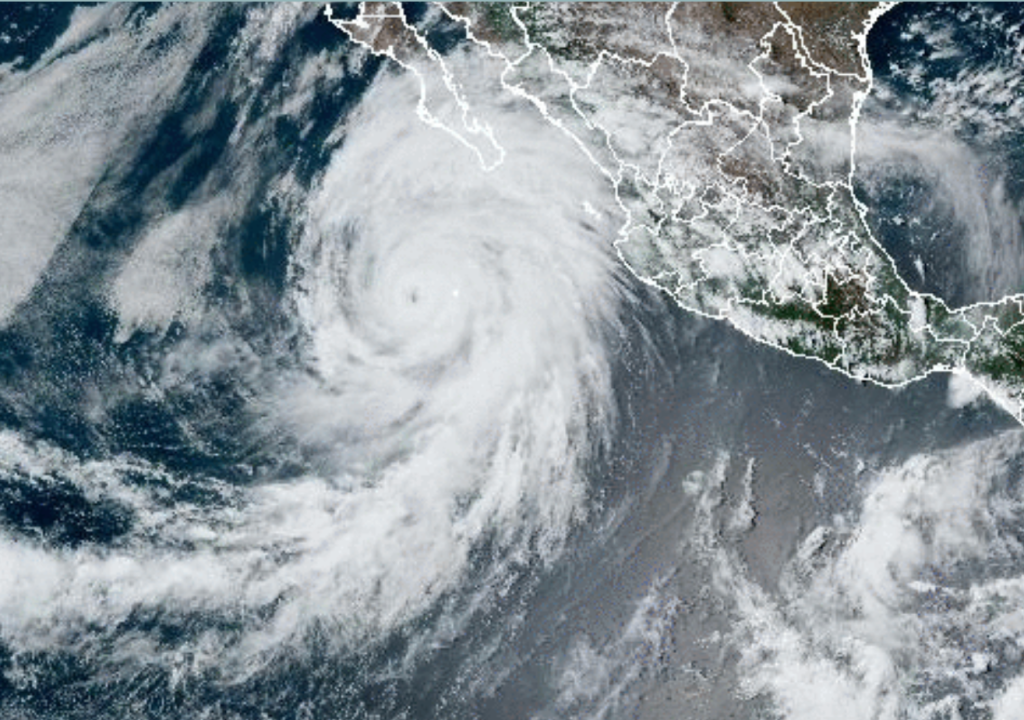
Preparations are complete – as least as much as I can wrap my head around. Patio furniture sequestered. Any object capable of flying tied down or relocated. Sand bags in front of potential rain intrusion. Extra food, water, vehicle filled with gasoline. Flashlight batteries charged. Camera at ready
The first band of clouds arrived around 9am. Grey. Whispy. Not really a hint of what was stringing along behind them. Winds whipped up from the north, being dragged south into her wide spread arms. Yesterday evening, she was measured at more than 2000km across. Today, a Category 4 storm. She’s big and she’s powerful and she’s coming this way.
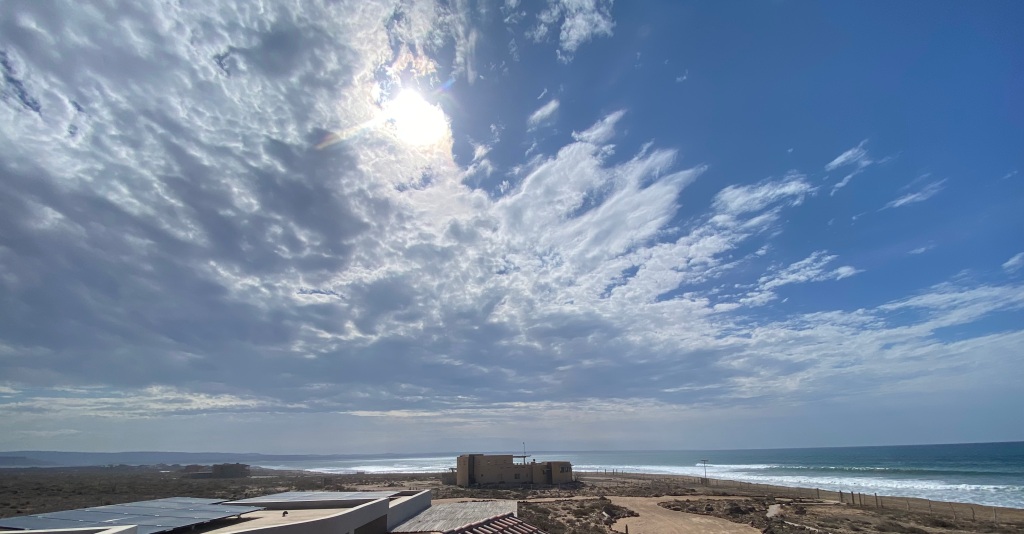
On the east coast, my son Cooper is midst of securing Loreto home. Plywood on the beach side. Generator at ready with extra gasoline. Food, water, same drill. While the eye will be far away the size of the storm, great enough that the wave warnings for the Sea of Cortez are worthy of awe.
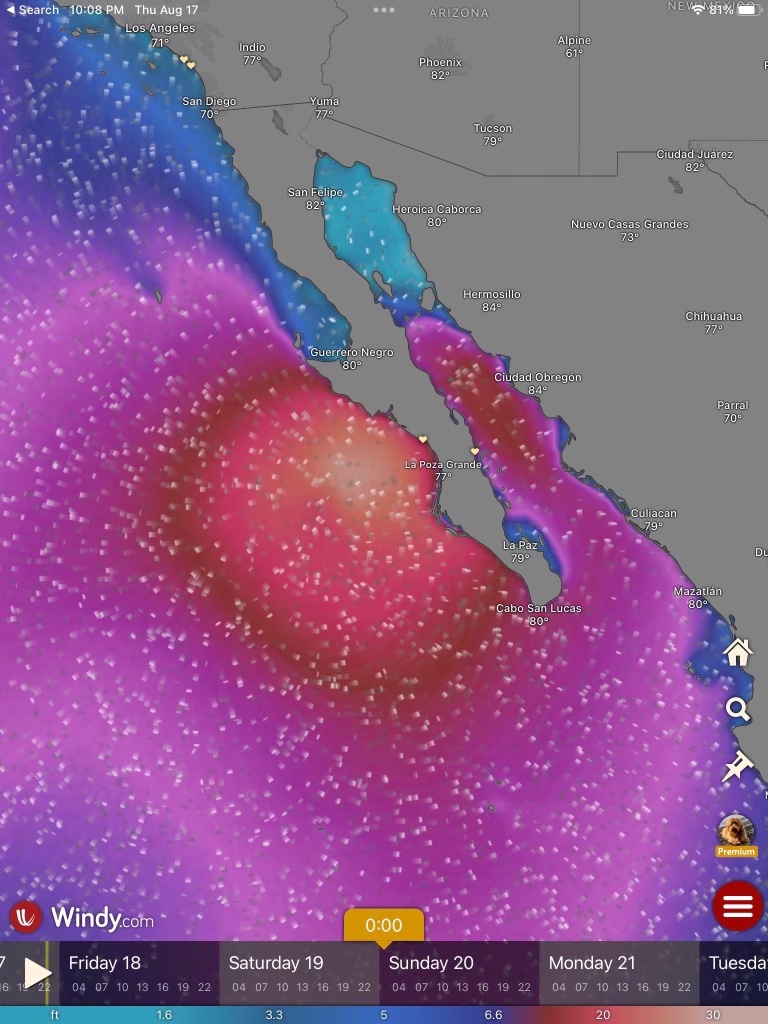
Now, a chance for reverie in the face of nature’s awesome force and beauty. I pour myself another ice filled glass of water, and watch the storm approach – the changes in the sea surface, the shift in feeding of the gulls, the scattering of the chipmunks, the scurry of the quails, the heavy buildup of clouds to the southeast.
And wait …………….
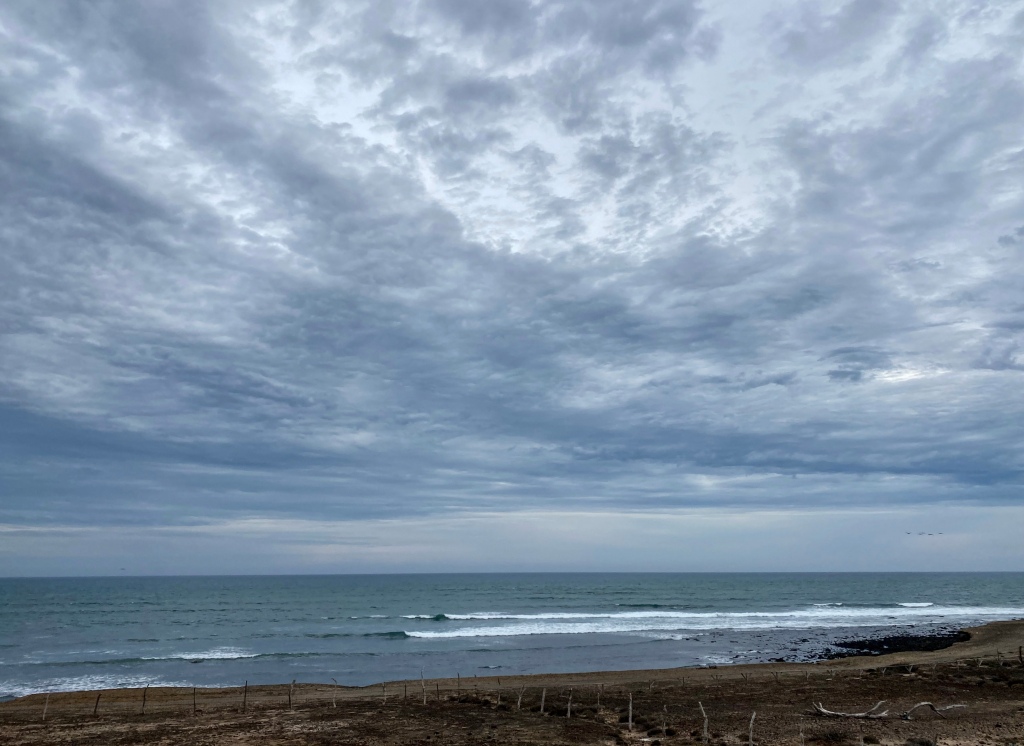





















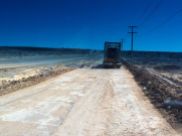

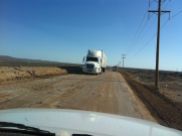










You must be logged in to post a comment.